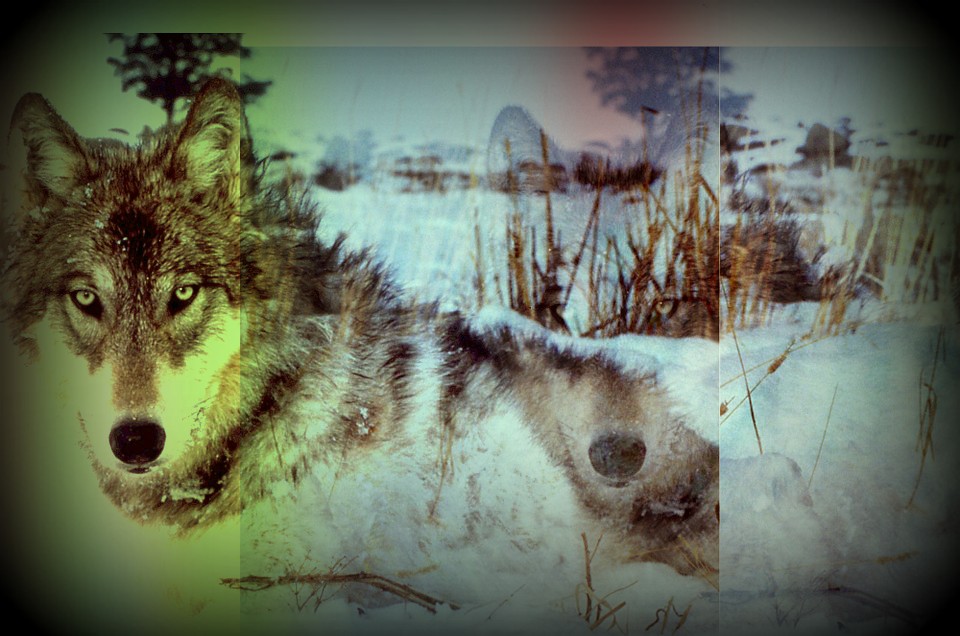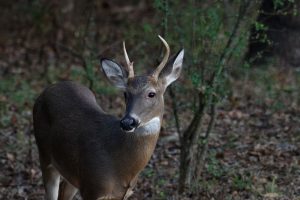After a ban on hunting and trapping wolves in the western Great Lakes was imposed back in 2014, Wisconsin’s wolf populations are on the rise.
The Wisconsin Department of Natural Resources has said that they estimate the state is now home to approximately 222 packs of wolves with around 30 lone wolves keeping to themselves in the wilderness of the Badger State.
“We’re seeing both more packs (in traditional wolf areas) and more wolves moving into new areas,” MacFarland told the News Tribune.
Overall wildlife biologists peg the population at an estimated 880 animals marking a 16 percent increase over last year’s surveys. These statistics mark the second consecutive year of significant growth in wolf populations in Wisconsin, growing by nearly 30 percent over the two years.
As it stands, the wolf population is now more than double the state’s original goal of 350 wolves and once again has lawmakers discussing possible de-listing of the wolves.
The controversial topic of wolf hunting and trapping in the Great Lakes region has long-since been debated. After open hunting and trapping seasons from 2012 to 2014, many argued that wolves once again faced extinction due to over-hunting and were again placed under federal protection in the region.




